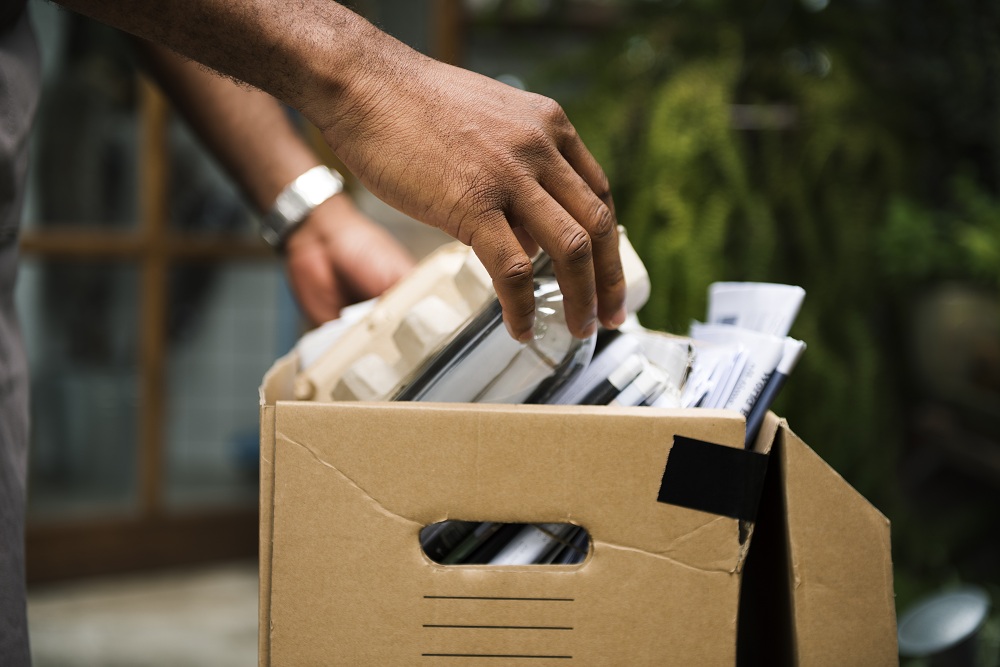Fires, earthquakes, storms, attacks, a pandemic—these are situations that pose emergencies to the lives of the people. As a result, people begin to panic, and things can get messy.
What is panic?
The dictionary definition of “panic” is “a sudden, strong feeling of anxiety or fear that prevents reasonable thought and action and may spread to influence many people.” This fear may be the result of the natural fight-or-flight response in humans that is triggered by life-threatening situations.
As a result, extra and avoidable damage occurs in disasters. The panic poses physical harm due to stampedes people’s instinct to put their survival first. Panicking causes people to think emotionally and act on impulse as a reaction to the emergency.
Why do people panic?
Studies on this topic are complicated to conduct because of ethical, logistical, and qualitative reasons. Often, they can run simulations of real-life disasters, like the one study found in the Journal of The Royal Society. The study used a virtual simulation participated by real people who can control their avatars through a mouse and keyboard.
The avatars were stuck in a room with exits. The circumstances, then, vary. A scenario to simulate a stressful situation had four exits, with three of them blocked. Some participants have information given by arrows on which door is the unblocked one, and the participants knew about this.
The researchers found that people were more likely to crowd and disregard safety in more dangerous situations. People also grouped because they knew some people had access to critical information.

How can we stay calm in times of danger?
It’s easier said than done, but keeping one’s composure in times of disaster will help retain rational thinking. When a person faces stressful situations, the brain overproduces cortisol, partially inhibiting the area of the brain, the pre-frontal cortex, responsible for critical thinking. Here are a few ways to stay calm in a high-risk situation:
-
Take note of emergency exits
Aside from the main entrance and exits of the building, it’s crucial to take note of emergency exits or fire exits. If you’re visiting a structure for the first time, look for Fire Exit signs. All buildings and public establishments should have this as part of the security measures in the UK.
-
Stay informed
Natural calamities and disasters could continue to progress over time. Keeping up with the information disseminated in your area through media and other sources will help you plan your next steps. Additionally, verifying the information that you receive is equally significant to reduce panic because misinformation may lead to counter-productive actions.
-
Emergency preparedness
Fire and earthquake drills are usually conducted in offices, schools, and even at home to inform the people on what to do in times of disaster. During fires, for example, experts advise people to do the “Stop, Drop, and Roll” when a person’s clothes are on fire. For earthquakes, experts teach the people places they should stay away from and places where they can find cover.
Stay calm—as much as you can.
The sense of urgency during life-threatening situations may be challenging to fight, but taking a short pause and re-evaluating the options of survival may just save people’s lives.


